Beyond the Silver Screen: A history of women, filmmaking and film culture in Australia 1920–1990
Melbourne University Publishing, $49.99 pb, 261 pp, 9780522871227
Beyond the Silver Screen: A history of women, filmmaking and film culture in Australia 1920–1990 by Mary Tomsic
In 1971, Australian filmmaker Joan Long wrote the script for a film about gentrification in the Sydney suburb of Paddington. At a screening in London, it was introduced by director Peter Weir. When asked who the scriptwriter was, Weir replied that she was a housewife, according to a friend of Long’s. Around this time, director Gillian Armstrong applied for a job at the ABC, only to be told that they didn’t interview women for jobs in camera, sound, or editing; she was asked to send in details of her typing speed.
Such depressing anecdotes are two of many in Mary Tomsic’s Beyond the Silver Screen, a history of women in film from 1920 to 1990. It is interesting to read the book at this historical moment. These days men are smart enough to pay lip service, at least, to ideas of equal opportunity. Yet the allegations against Harvey Weinstein suggest that a powerful man in a bathrobe operated an unofficial casting couch for decades in the United States and that almost no man working in film had the guts to call him out.
Continue reading for only $10 per month. Subscribe and gain full access to Australian Book Review. Already a subscriber? Sign in. If you need assistance, feel free to contact us.


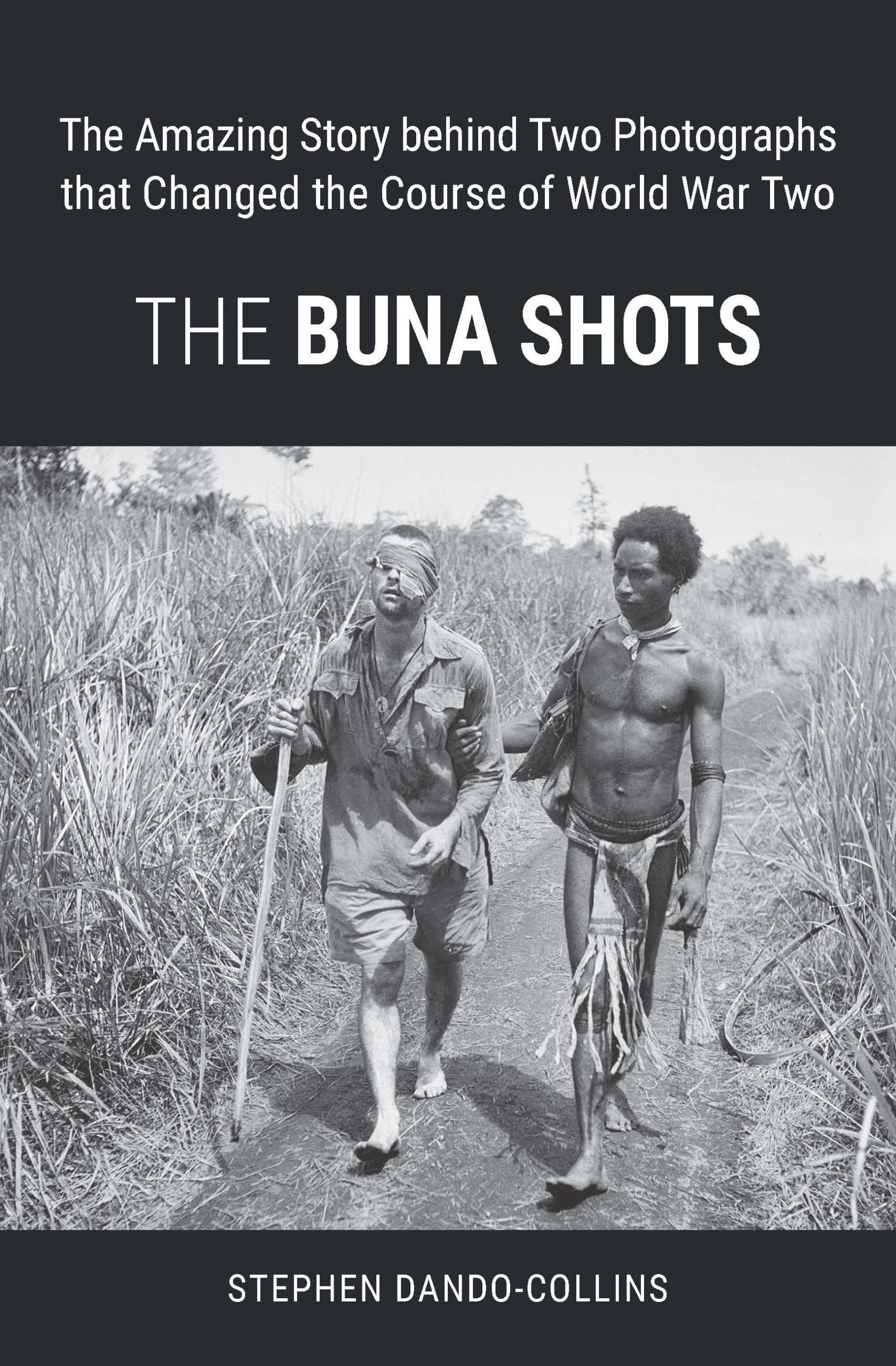

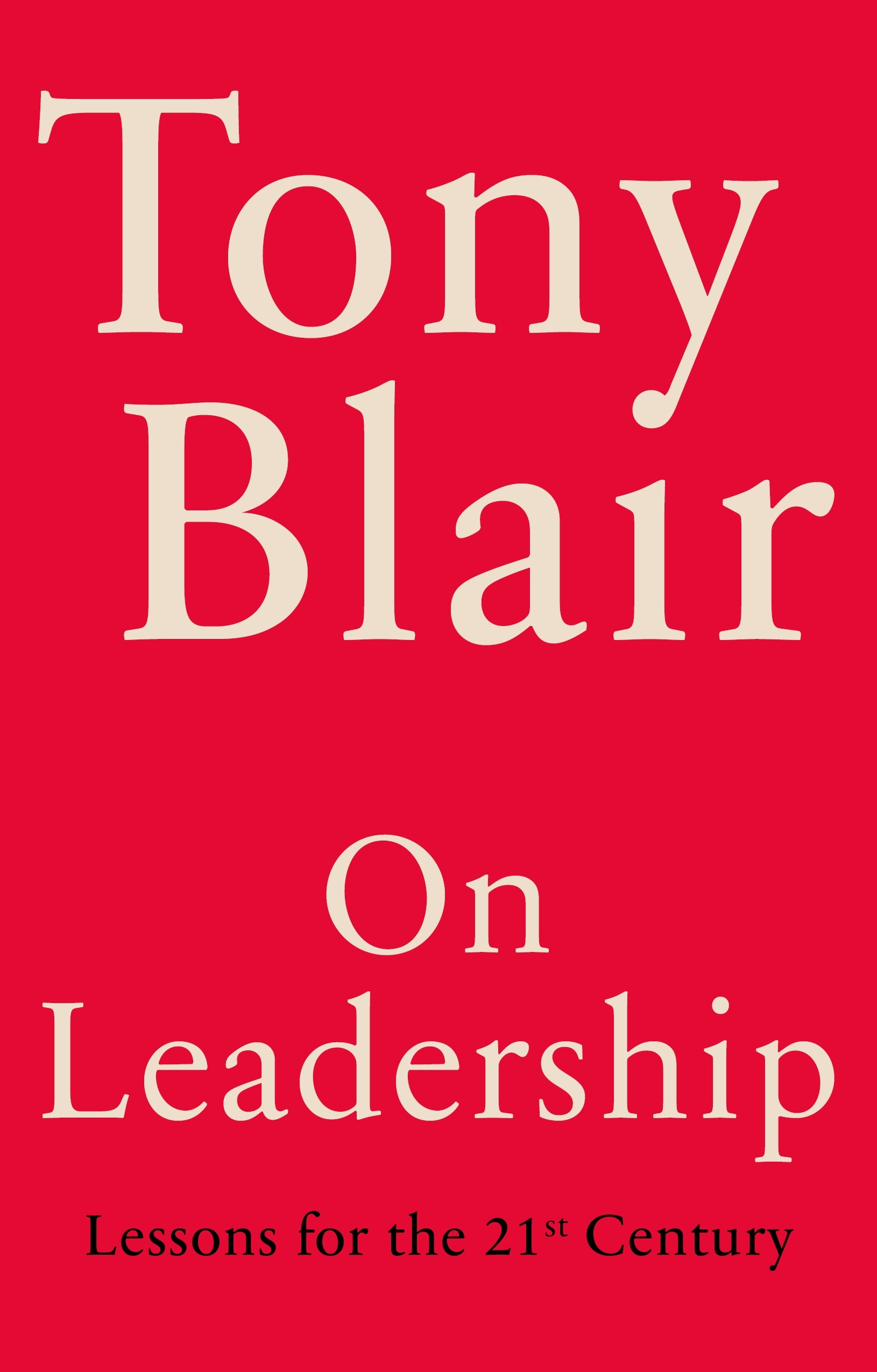
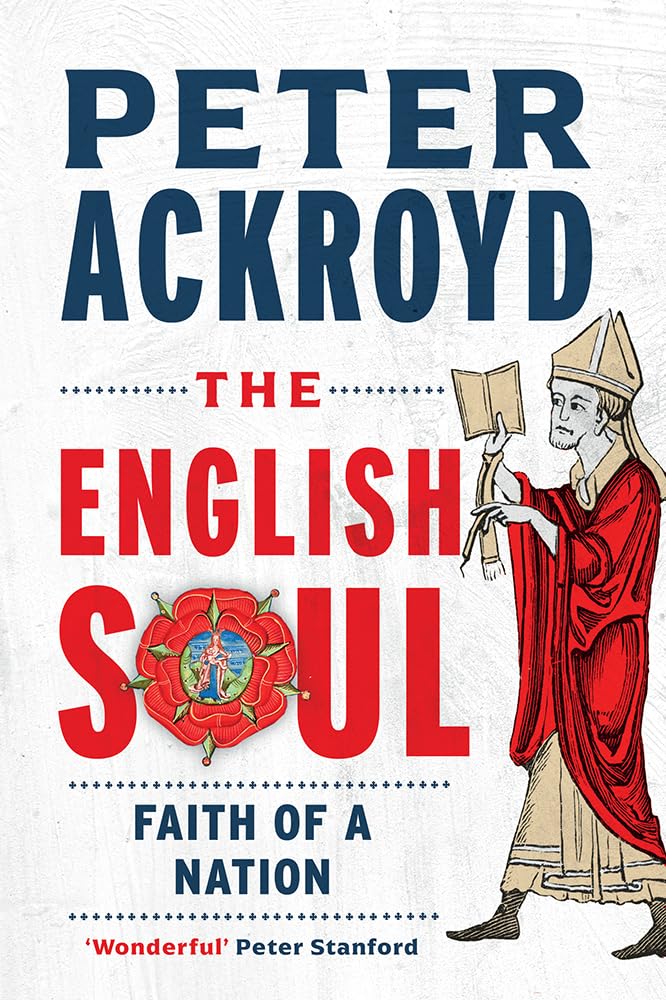
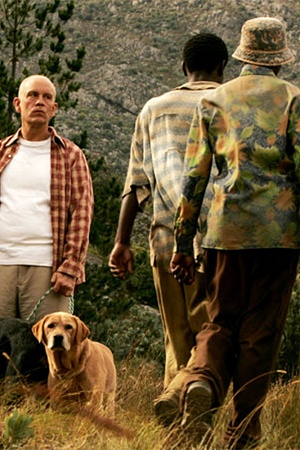
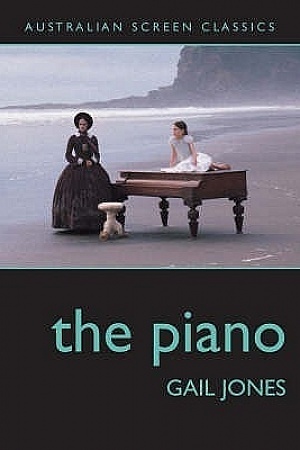


Leave a comment
If you are an ABR subscriber, you will need to sign in to post a comment.
If you have forgotten your sign in details, or if you receive an error message when trying to submit your comment, please email your comment (and the name of the article to which it relates) to ABR Comments. We will review your comment and, subject to approval, we will post it under your name.
Please note that all comments must be approved by ABR and comply with our Terms & Conditions.